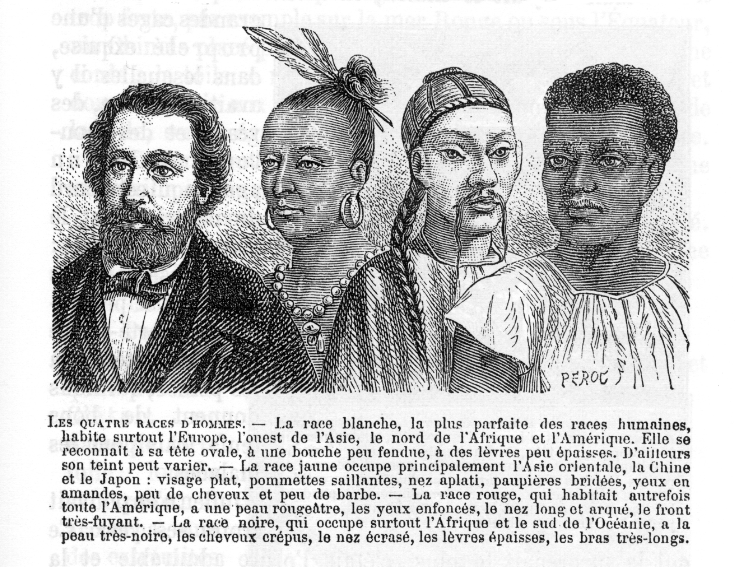What does it mean to be “black enough?” Three women explore their racial identitiesPosted in Articles, Identity Development/Psychology, Media Archive, United States on 2016-12-18 23:48Z by Steven |
What does it mean to be “black enough?” Three women explore their racial identities
The Washington Post
2016-12-11
On “Historically Black,” our podcast about black history, narrator Roxane Gay introduces three new voices.
“What are you?”
“Are you adopted?”
“What are you mixed with?”
Many photos and stories submitted to “Historically Black,” The Washington Post Tumblr project, have touched on what it means to identify as a particular race and ethnic background. Throughout this project, multiple stories surfaced a theme that pointed to an ongoing internal and external conflict based on the societal criteria that deemed a person “black.” These stories identified the struggle to understand the judgment — by both black and non-black communities — based on the way one dresses, speaks and acts.
This has led to a hard, and conflicting, question: What does it mean to be “black enough” in modern America?
That’s the question Marcelle Hutchins faced ever since she, her twin sister and their mother emigrated from Cameroon to Portland, Maine. Hutchins’s mother married a white man, and together they settled in as a family. But as early as the third grade, Hutchins faced the harsh reality of integrating into American society.
“Growing up, I really struggled with my identity in America. For a long time, I often questioned, you know, who I was in this world. And I was told by a variety of different people that I didn’t fit my birthright, that I didn’t act the way I should act or the way black people should act, and because of my mannerisms I was too white,” Hutchins said.
According to Jelani Cobb, a historian and writer at the New Yorker, defining “blackness” is inherently complicated — because race is an invented category dating back to slavery, and the category can encompass a range of identities and cultures. People identify as black, African American, African, Muslim, Native American, biracial and sometimes more.
“The most kind of basic understanding is the one-drop rule, wherein people said if a person had any drop of blood, black blood, they were black. And the purposes of that were to present whiteness as a category of purity and that any tincture of African ancestry would irrevocably taint a person and remove them from the, you know, pure category of whiteness,” Cobb said. “There’s a wide range of ancestries that are included within the category of black, and so the category itself is amorphous.”…
Read the entire article here.


